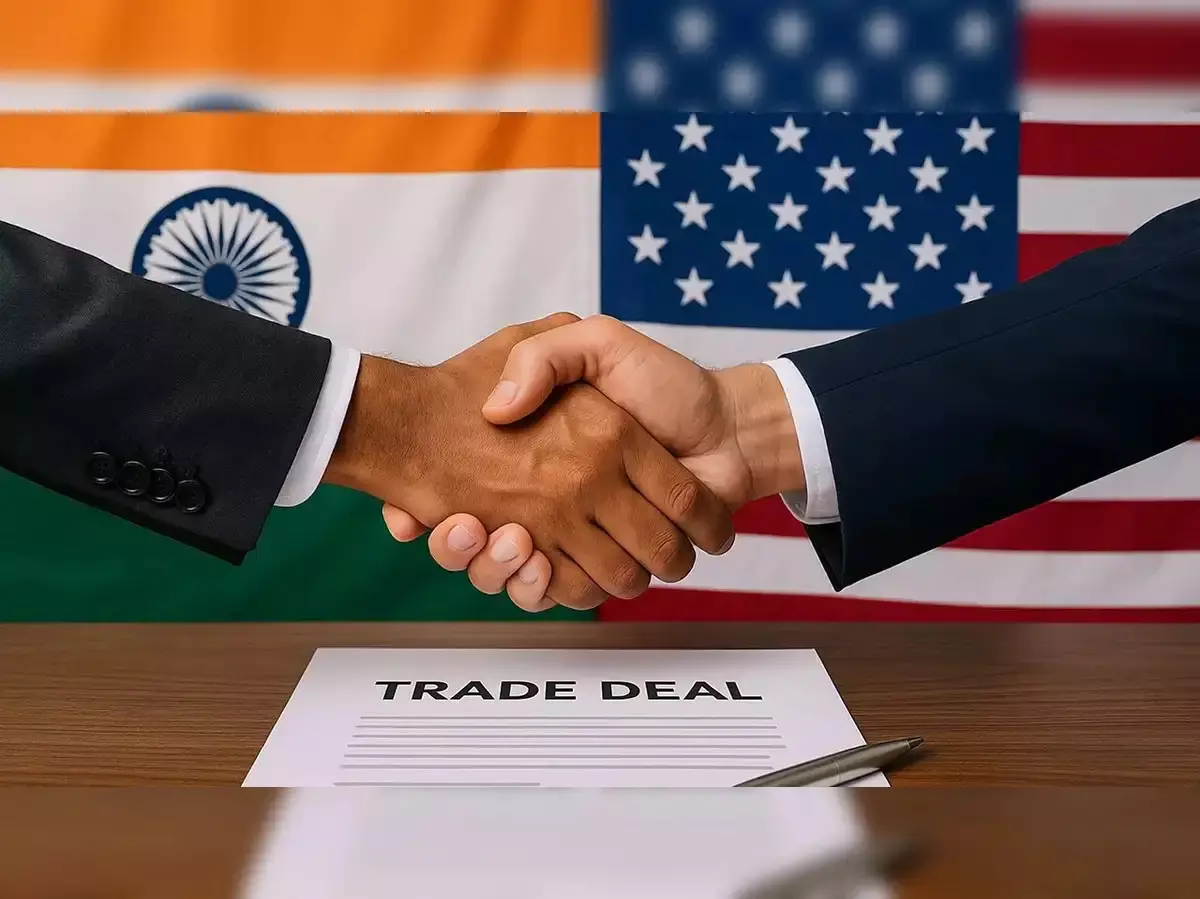Strained Trade Ties

India’s steadfast refusal to extend duty concessions on agriculture, dairy, and genetically modified (GM) foods in the proposed bilateral trade agreement (BTA) with the United States has triggered a retaliatory move from Washington. In a decision that complicates ongoing trade talks, President Donald Trump has announced a 25 per cent additional import duty on Indian goods entering the US, effective from August 7. This sharp escalation comes even as both nations remain locked in high-level negotiations, with five rounds of dialogue completed since the launch of talks in March 2025. The US delegation, led by Assistant Trade Representative Brendan Lynch, is scheduled to visit India later this month for further discussions. India’s decision to hold firm on its agricultural and dairy red lines underscores not just trade calculus but broader political, economic, and cultural imperatives. These are sectors that underpin the livelihoods of over 700 million people in rural India, where any shift in tariff protections could wreak havoc. Moreover, India’s aversion to GM food imports is rooted not only in consumer health and environmental concerns but also in market sensitivities tied to exports to the European Union. Accepting GM imports could jeopardise access to key European markets, even as domestic farmers struggle to compete with heavily subsidised US producers.
The Trump administration’s tariff gambit appears to be more than a knee-jerk response; it is a pressure tactic to force India’s hand ahead of the next negotiation round. While average Indian import duties stand at about 17 per cent, compared to the US average of 3.3 per cent, this is a misleading comparison given the structural asymmetries between the two economies. The US has sought greater market access for industrial goods, electric vehicles, wines, tree nuts, and petrochemical products. In contrast, India is pressing for the rollback of the additional 25 per cent tariff and the easing of duties on steel, aluminium, textiles, garments, leather goods, and marine products—sectors that employ millions and are highly vulnerable to pricing shocks. For example, Indian textile exports already face a baseline US tariff of 6–9 per cent. With the added 25 per cent levy kicking in on August 7, the effective tariff rate will balloon to 31–34 per cent, significantly eroding the competitiveness of Indian exporters in one of their most crucial markets. Although some exemptions remain in place—such as for pharmaceutical and electronics exports—the wider impact will be severe across India’s labour-intensive industries. The timing of the US announcement, paired with an unspecified penalty over India’s oil and defence purchases from Russia, also indicates an effort to push India into a more pliable geopolitical posture.
India’s concerns over agricultural liberalisation are not just protectionist rhetoric but grounded in realities that few developed countries can relate to. In the United States, agriculture is capital-intensive and corporate-driven. In India, it is fragmented, seasonal, and heavily reliant on monsoons and government support. The entry of cheap US agri-exports could lead to price crashes in India’s domestic market, with devastating consequences for farmers who operate on razor-thin margins. India’s resistance to dairy imports is equally rooted in safeguarding its micro-entrepreneurial rural economy. The American dairy industry’s inability to meet India’s stringent non-GMO and religious feed norms is a reflection of India’s sovereign right to uphold its food and cultural standards. The GM debate is perhaps the most contentious of all—opening Indian markets to GM feed and crops not only threatens domestic biodiversity and regulatory autonomy but also risks reputational damage in Europe, which maintains strict GM-free import standards. If India were to concede on this front, it would not only hurt its farmers but also its long-term export viability. In the face of such pressure, India’s strategy must be firm but flexible. The government has done well to draw a red line on issues tied to livelihoods and public sentiment. But as the August 7 deadline looms, the focus must now be on strategic negotiation, building international alliances, and finding creative solutions that balance trade ambitions with domestic imperatives.



